Home>Technology>Smart Home Devices>Who Invented The Wi-Fi Router
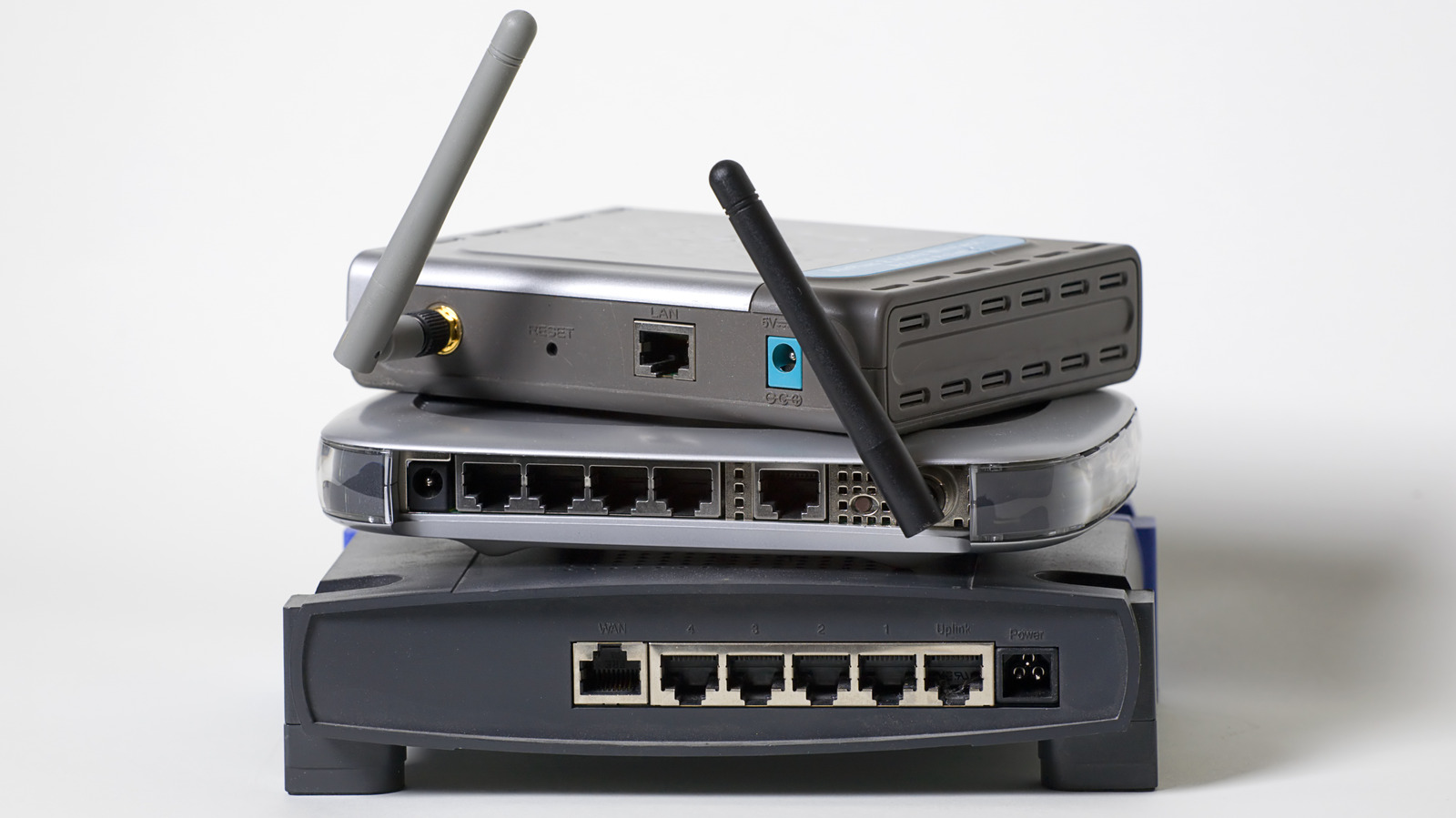

Smart Home Devices
Who Invented The Wi-Fi Router
Modified: January 4, 2024
Discover the history of the Wi-Fi router and its impact on smart home devices. Learn about the inventor and the evolution of this essential technology.
(Many of the links in this article redirect to a specific reviewed product. Your purchase of these products through affiliate links helps to generate commission for Storables.com, at no extra cost. Learn more)
Early Days of Connectivity: Introduction to Wi-Fi Routers
Introduction
In the digital age, where seamless connectivity is the cornerstone of modern living, the Wi-Fi router stands as a silent but indispensable hero. It serves as the gateway to the boundless realm of the internet, allowing us to connect, communicate, and explore a world of information at the touch of a button.
The history of the Wi-Fi router is a testament to human ingenuity and the relentless pursuit of innovation. It intertwines with the evolution of wireless networking and the insatiable quest for faster, more reliable connections. To truly appreciate the significance of the Wi-Fi router, we must delve into its origins, tracing its journey from a mere concept to an essential fixture in homes and businesses worldwide.
Join me as we embark on a captivating exploration of the invention, evolution, and impact of the Wi-Fi router. We will unravel the story behind this remarkable device, shedding light on the visionaries, breakthroughs, and technological leaps that have shaped the way we experience the digital landscape. Let's embark on this enlightening journey through time and technology, where we discover the remarkable origins of the ubiquitous Wi-Fi router.
Key Takeaways:
- The Wi-Fi router was born from a rich history of wireless networking, with key contributions from visionaries like Hedy Lamarr and the IEEE. Its evolution has led to faster, more reliable connectivity, shaping the way we experience the digital world.
- The Wi-Fi router has continually advanced, from the introduction of 802.11 standards to the upcoming Wi-Fi 6. These advancements have not only redefined wireless connectivity but also unlocked new possibilities for innovation, productivity, and seamless integration of digital technologies.
Read more: What Is The Wi-Fi Router
Early Development of Wireless Networking
Before the advent of Wi-Fi routers, the concept of wireless networking was already taking its initial steps. The groundwork for this revolutionary technology was laid in the 19th century, with the pioneering work of renowned inventors such as Nikola Tesla and Guglielmo Marconi. Their experiments and innovations in radio transmission set the stage for the wireless communication systems that would eventually lead to the birth of the Wi-Fi router.
Fast forward to the mid-20th century, and we witness the emergence of early wireless data transmission technologies. In 1941, Hedy Lamarr, an Austrian-American actress and inventor, alongside composer George Antheil, patented a frequency-hopping communication system. This groundbreaking invention, although initially intended for secure torpedo guidance during World War II, laid the groundwork for modern wireless communication protocols, including those utilized by Wi-Fi routers.
The 1970s marked a significant turning point in the evolution of wireless networking, with the development of ALOHAnet, a pioneering computer networking system. Created by Norman Abramson, this system utilized radio waves for data transmission, demonstrating the potential for wireless communication in the realm of computing. This milestone innovation set the stage for the wireless networking technologies that would eventually lead to the creation of the Wi-Fi router.
As the 20th century drew to a close, the groundwork for the Wi-Fi router was firmly established. The stage was set for a revolutionary leap in wireless connectivity, one that would redefine the way we interact with the digital world. The early development of wireless networking laid the foundation for the birth of the Wi-Fi router, setting the wheels in motion for a technological revolution that would shape the future of connectivity.
The Birth of the Wi-Fi Router
The inception of the Wi-Fi router can be attributed to a convergence of technological advancements, visionary minds, and the growing demand for seamless wireless connectivity. In the late 1990s, as the internet became increasingly integrated into daily life, the need for efficient and convenient wireless networking solutions became apparent. This burgeoning necessity paved the way for the creation of the Wi-Fi router, a device that would revolutionize the way we access and utilize the internet.
One of the pivotal moments in the birth of the Wi-Fi router can be traced back to 1997 when the Institute of Electrical and Electronics Engineers (IEEE) introduced the 802.11 protocol, laying the groundwork for wireless local area networking (WLAN). This seminal standardization provided the framework for the development of wireless networking technologies, setting the stage for the emergence of the Wi-Fi router.
Building upon the foundation of the 802.11 protocol, a team of innovators at the Australian government research agency, CSIRO, made a significant breakthrough in wireless communication. Their pioneering work led to the development of a key component that would later become integral to the functionality of Wi-Fi routers: the technology behind the transmission of data over wireless networks using orthogonal frequency-division multiplexing (OFDM).
As the pieces of the puzzle fell into place, the Wi-Fi router, as we know it today, began to take shape. In 1999, the Wi-Fi Alliance was formed, comprising industry leaders who shared a vision of seamless interoperability for wireless networking devices. This collaborative effort aimed to standardize and promote the adoption of Wi-Fi technology, further propelling the evolution of the Wi-Fi router.
It was in 2002 that the term “Wi-Fi router” entered the lexicon of modern technology, as the market witnessed the introduction of consumer-grade routers equipped with wireless capabilities. These innovative devices empowered users to create personal wireless networks, marking a paradigm shift in the way individuals accessed and shared internet connectivity within their homes and offices.
The birth of the Wi-Fi router heralded a new era of connectivity, liberating users from the constraints of wired connections and ushering in a wave of digital freedom. This groundbreaking invention not only transformed the way we interact with the internet but also laid the groundwork for the interconnected, digitally driven world we inhabit today.
The Wi-Fi router was invented by a team of engineers and scientists at the Australian government research agency, CSIRO, led by Dr. John O’Sullivan.
Evolution and Advancements
The evolution of the Wi-Fi router has been marked by a series of transformative advancements, each contributing to its enhanced performance, expanded capabilities, and widespread adoption. From its nascent stages to the present day, the Wi-Fi router has undergone a remarkable evolution, propelled by technological innovation and the ever-growing demands of a connected world.
One of the pivotal advancements in the evolution of Wi-Fi routers came with the introduction of the 802.11b standard in 1999, which offered significant improvements in data transfer rates and signal range. This marked a crucial leap forward in the accessibility and reliability of wireless networking, paving the way for the widespread integration of Wi-Fi routers in homes and businesses.
As the demand for faster and more robust wireless connectivity continued to surge, subsequent iterations of the 802.11 standard, including 802.11g and 802.11n, brought about substantial enhancements in data transfer speeds, signal stability, and overall network performance. These advancements solidified the position of Wi-Fi routers as indispensable conduits for seamless internet access and data transmission.
The advent of dual-band and tri-band Wi-Fi routers further revolutionized the landscape of wireless networking, offering the ability to operate on multiple frequencies concurrently. This breakthrough not only alleviated network congestion but also provided users with greater flexibility and improved performance, catering to the diverse connectivity needs of modern households and businesses.
Moreover, the integration of advanced security protocols, such as WPA2 and WPA3, fortified the integrity of Wi-Fi networks, safeguarding them against unauthorized access and cyber threats. These security enhancements played a pivotal role in bolstering the trust and reliance placed in Wi-Fi routers as secure gateways to the digital realm.
Furthermore, the emergence of mesh Wi-Fi systems represented a paradigm shift in wireless networking, offering seamless whole-home coverage and eliminating dead zones. This innovative approach to network deployment redefined the concept of Wi-Fi coverage, ensuring a consistently robust and reliable connection throughout the living and working spaces of users.
Looking ahead, the evolution of Wi-Fi routers continues unabated, with the advent of Wi-Fi 6 (802.11ax) promising unprecedented efficiency, capacity, and performance. This next-generation standard is poised to usher in a new era of wireless connectivity, catering to the escalating demands of smart homes, IoT devices, and bandwidth-intensive applications.
As Wi-Fi routers evolve to meet the evolving needs of the digital age, their impact on connectivity, productivity, and lifestyle continues to be profound, shaping the way we interact with the boundless expanse of the internet and the interconnected world it facilitates.
Conclusion
The journey of the Wi-Fi router, from its nascent origins to its current state of ubiquity, embodies the relentless pursuit of innovation and the transformative power of connectivity. What began as a vision for seamless, wireless networking has evolved into an indispensable fixture in the modern digital landscape, shaping the way we live, work, and communicate.
The birth of the Wi-Fi router stands as a testament to human ingenuity, collaboration, and the unyielding quest for progress. It represents the convergence of visionary ideas, technological breakthroughs, and the collective effort of innovators and industry leaders who have propelled wireless connectivity to unprecedented heights.
As the Wi-Fi router continues to evolve, it remains at the forefront of the digital revolution, catering to the escalating demands of an interconnected world. Its impact extends far beyond mere convenience, serving as the linchpin of smart homes, IoT ecosystems, and the seamless integration of digital technologies into every facet of our lives.
From the early days of wireless networking to the advent of Wi-Fi 6 and beyond, the evolution of Wi-Fi routers has been characterized by a relentless pursuit of enhanced performance, expanded capabilities, and uncompromising reliability. These advancements have not only redefined the parameters of wireless connectivity but have also unlocked new possibilities for innovation, productivity, and connectivity.
As we reflect on the remarkable journey of the Wi-Fi router, we are reminded of its profound impact on the fabric of modern society. It has transcended the confines of technology to become an enabler of progress, a catalyst for collaboration, and a gateway to boundless opportunities.
Looking ahead, the future of the Wi-Fi router holds the promise of continued innovation, as it adapts to the evolving needs of a dynamic, interconnected world. Its role in shaping the digital landscape and empowering individuals and communities with seamless connectivity is poised to unfold new chapters of technological advancement and societal transformation.
In closing, the Wi-Fi router stands as a testament to the indomitable spirit of innovation, the unrelenting pursuit of progress, and the enduring impact of connectivity on the human experience. As we embrace the boundless potential of wireless networking, we embark on a journey where the realms of possibility are limited only by the reach of our imagination.
Frequently Asked Questions about Who Invented The Wi-Fi Router
Was this page helpful?
At Storables.com, we guarantee accurate and reliable information. Our content, validated by Expert Board Contributors, is crafted following stringent Editorial Policies. We're committed to providing you with well-researched, expert-backed insights for all your informational needs.
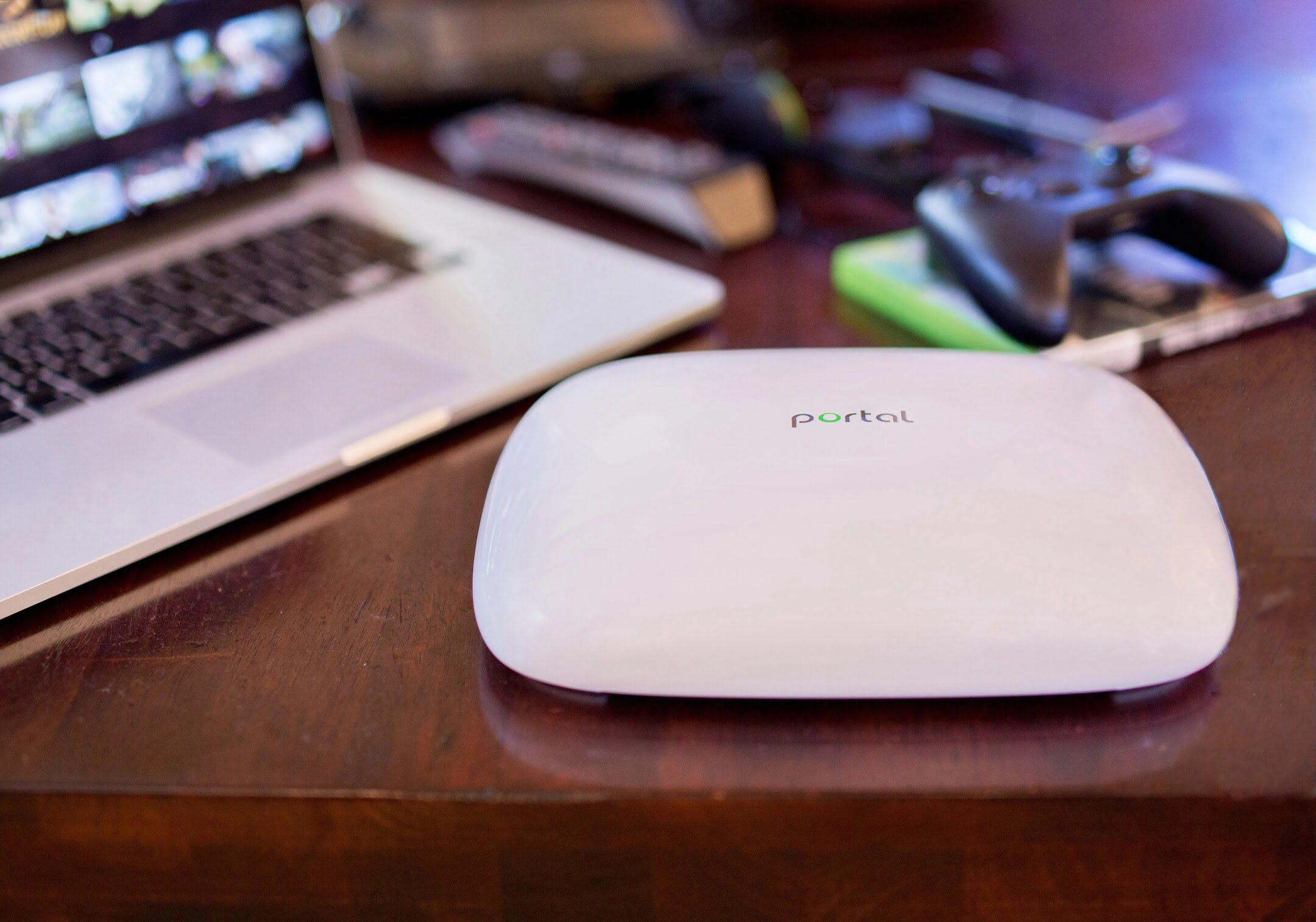
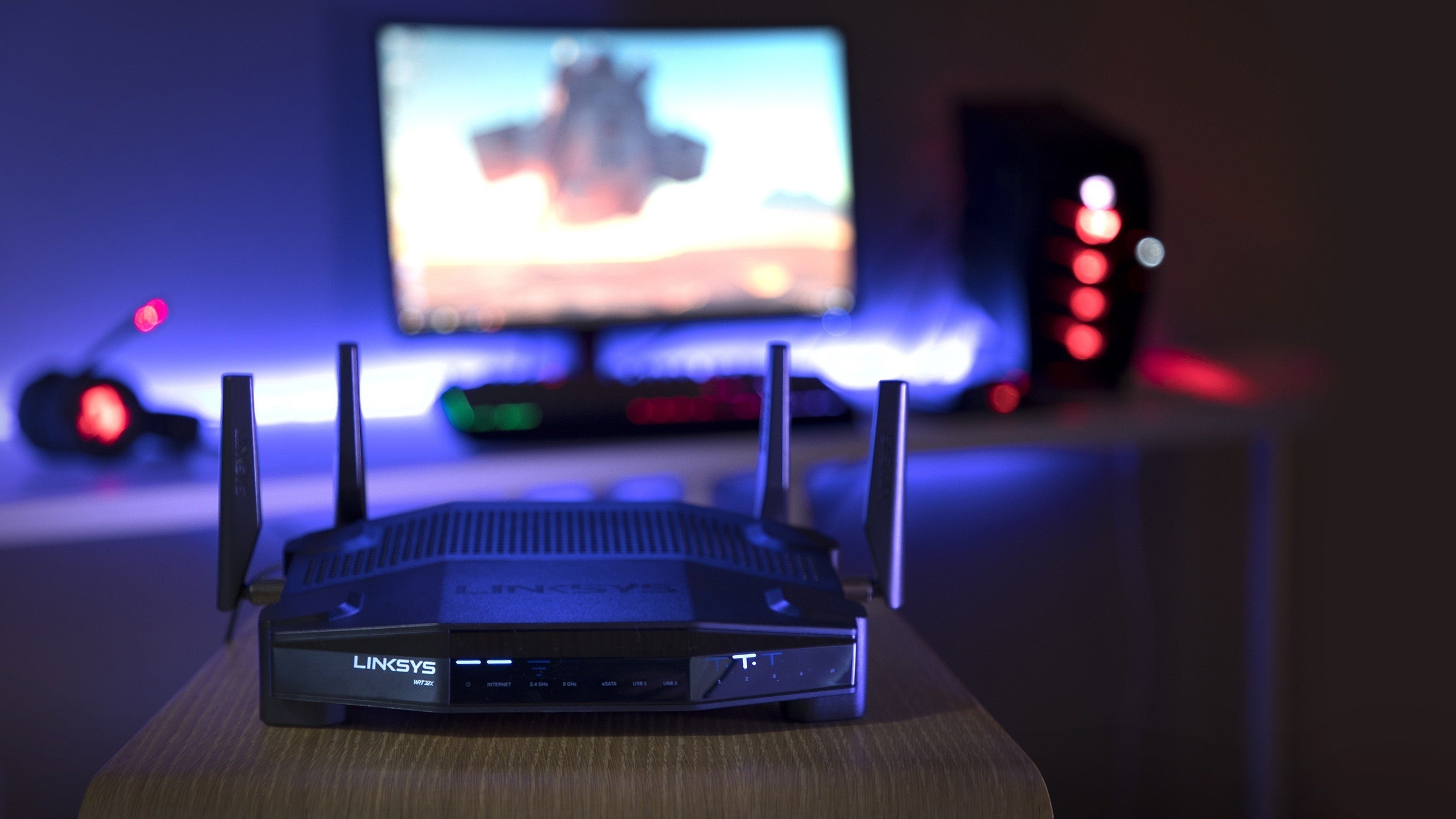
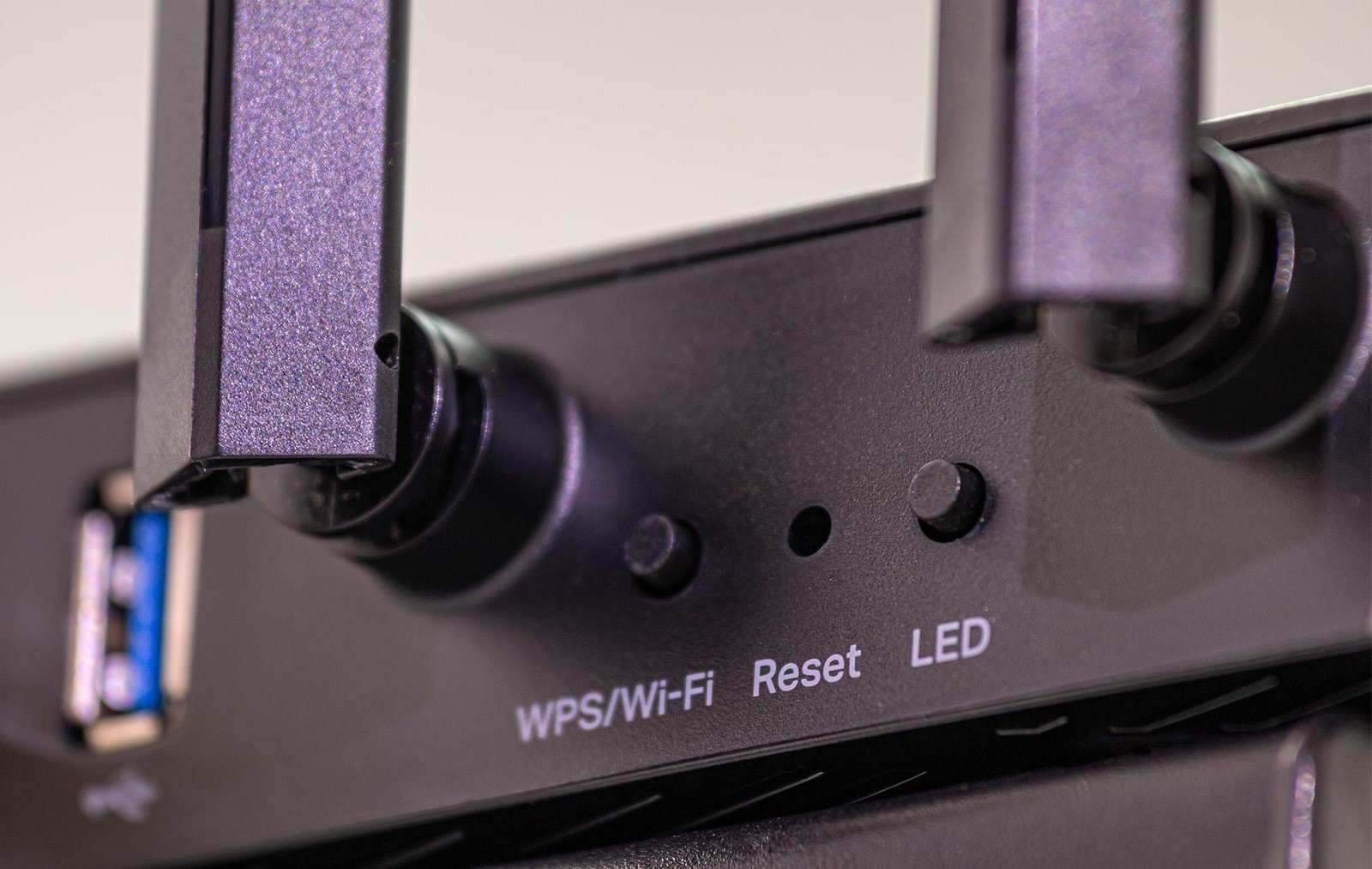
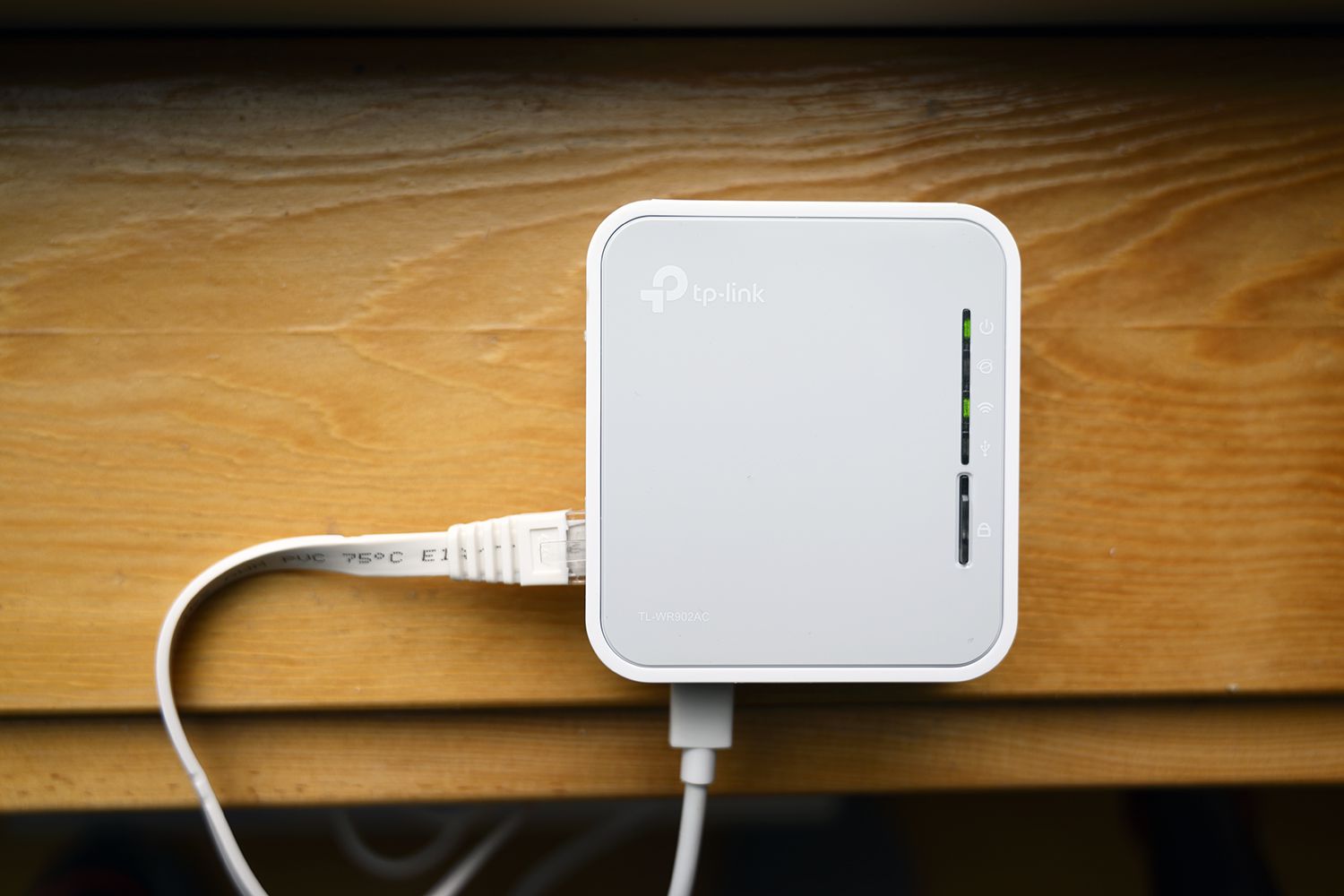
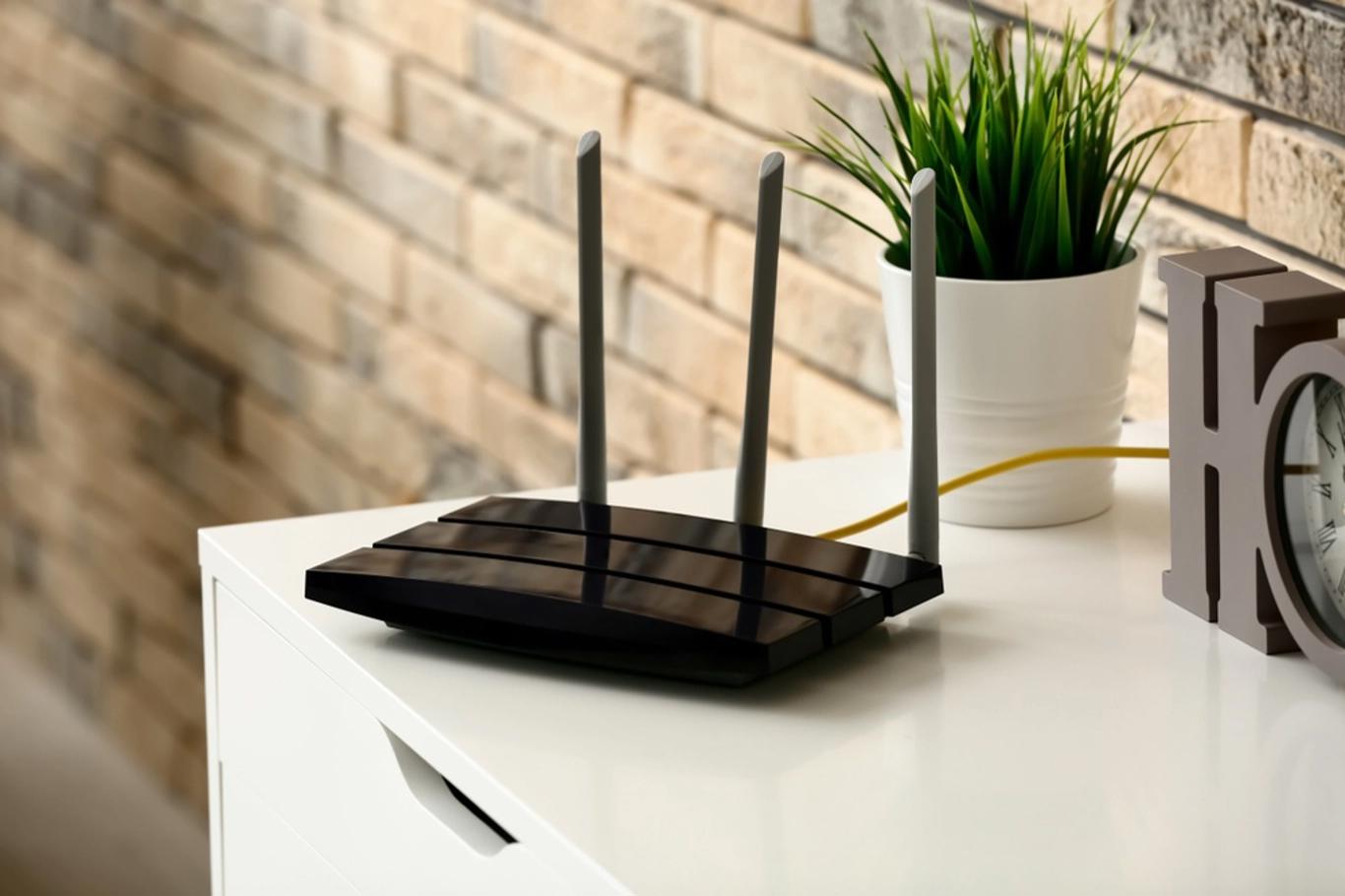


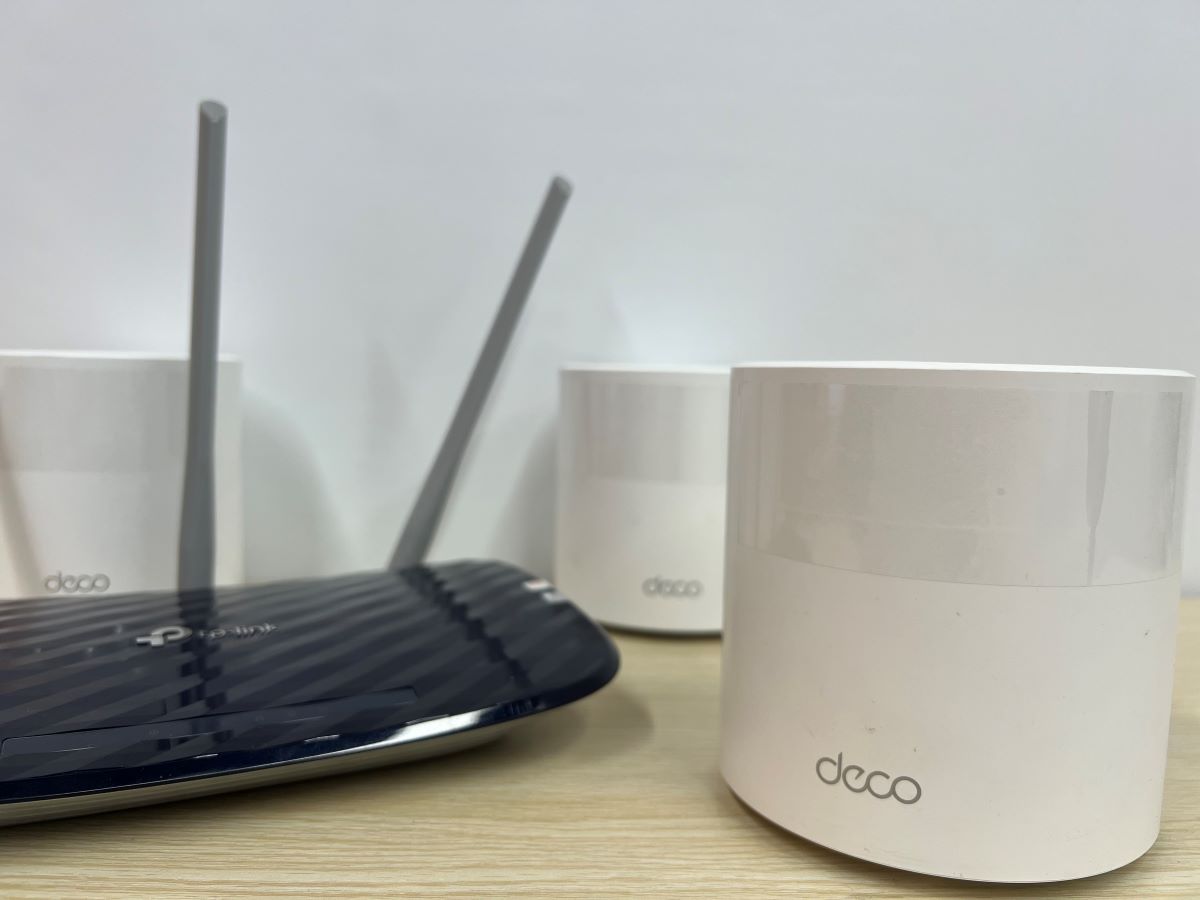

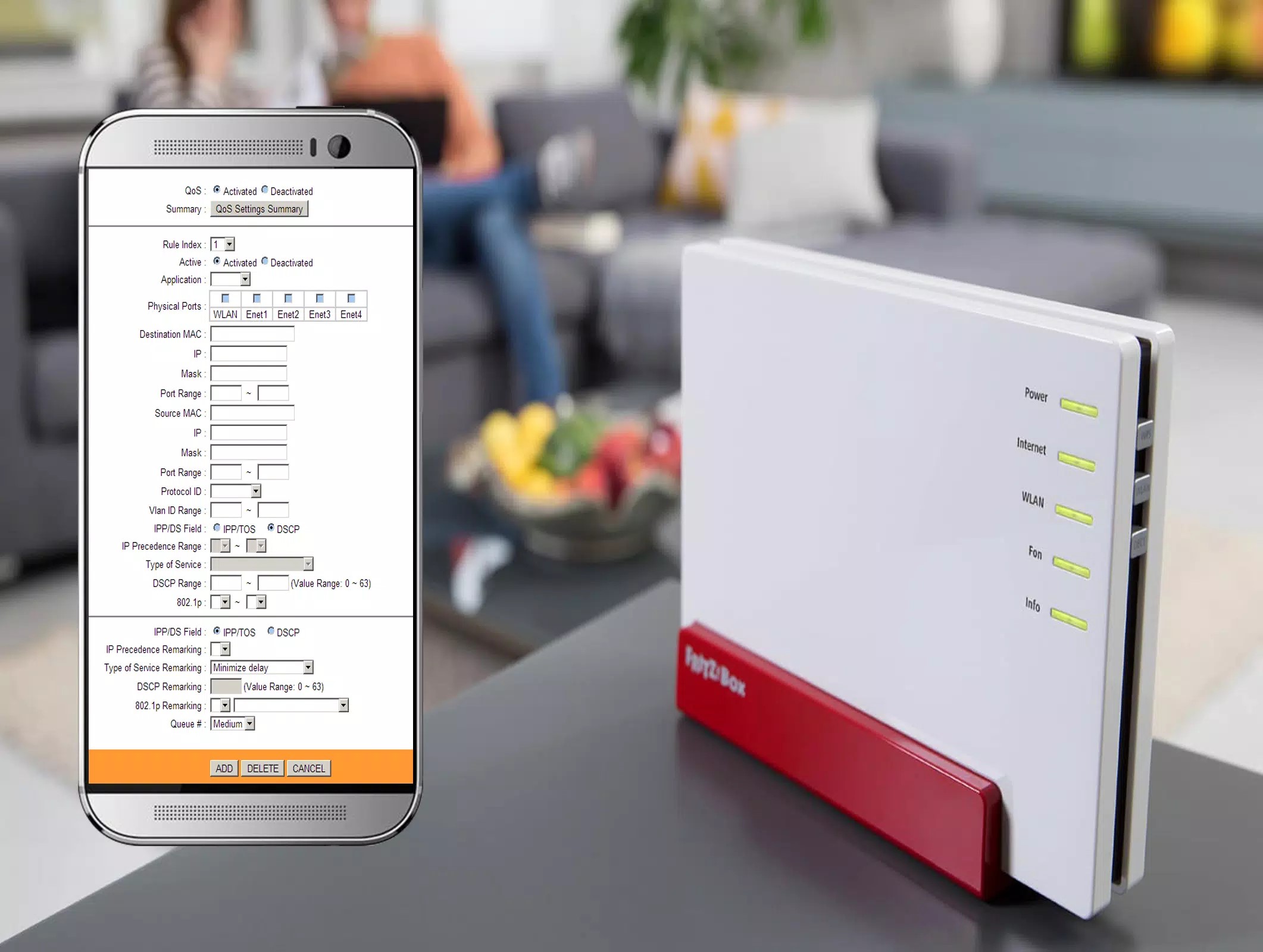
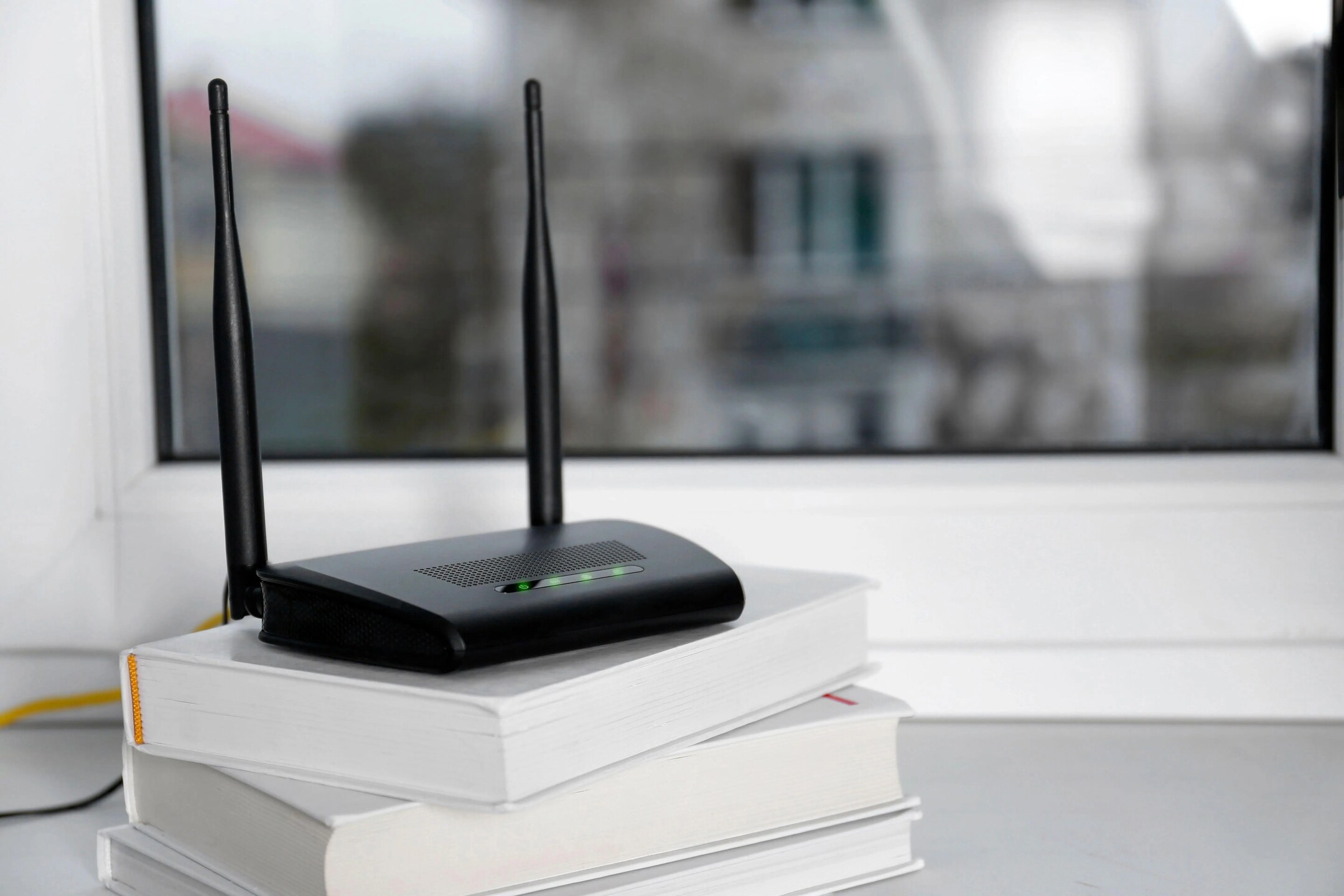
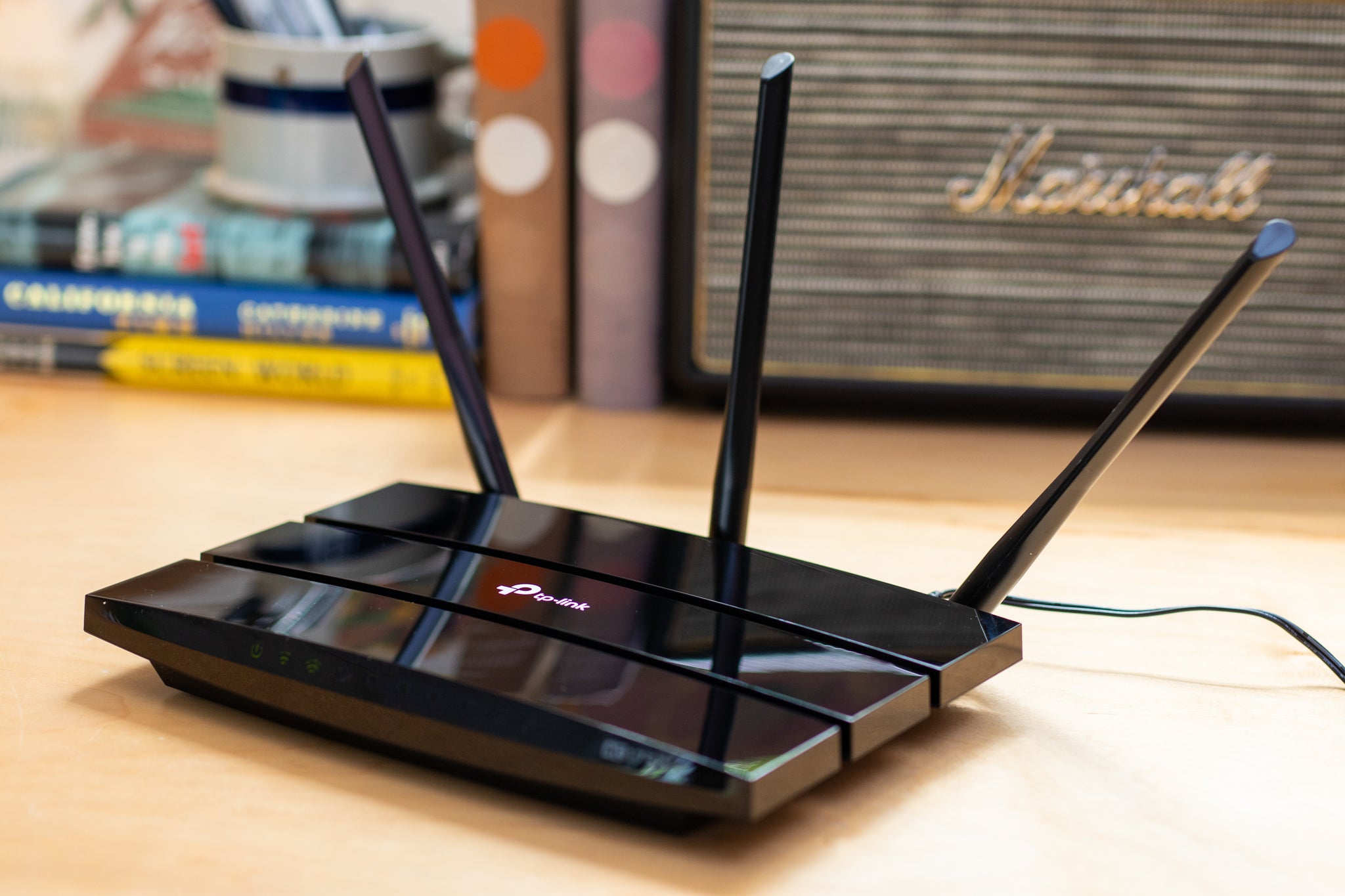
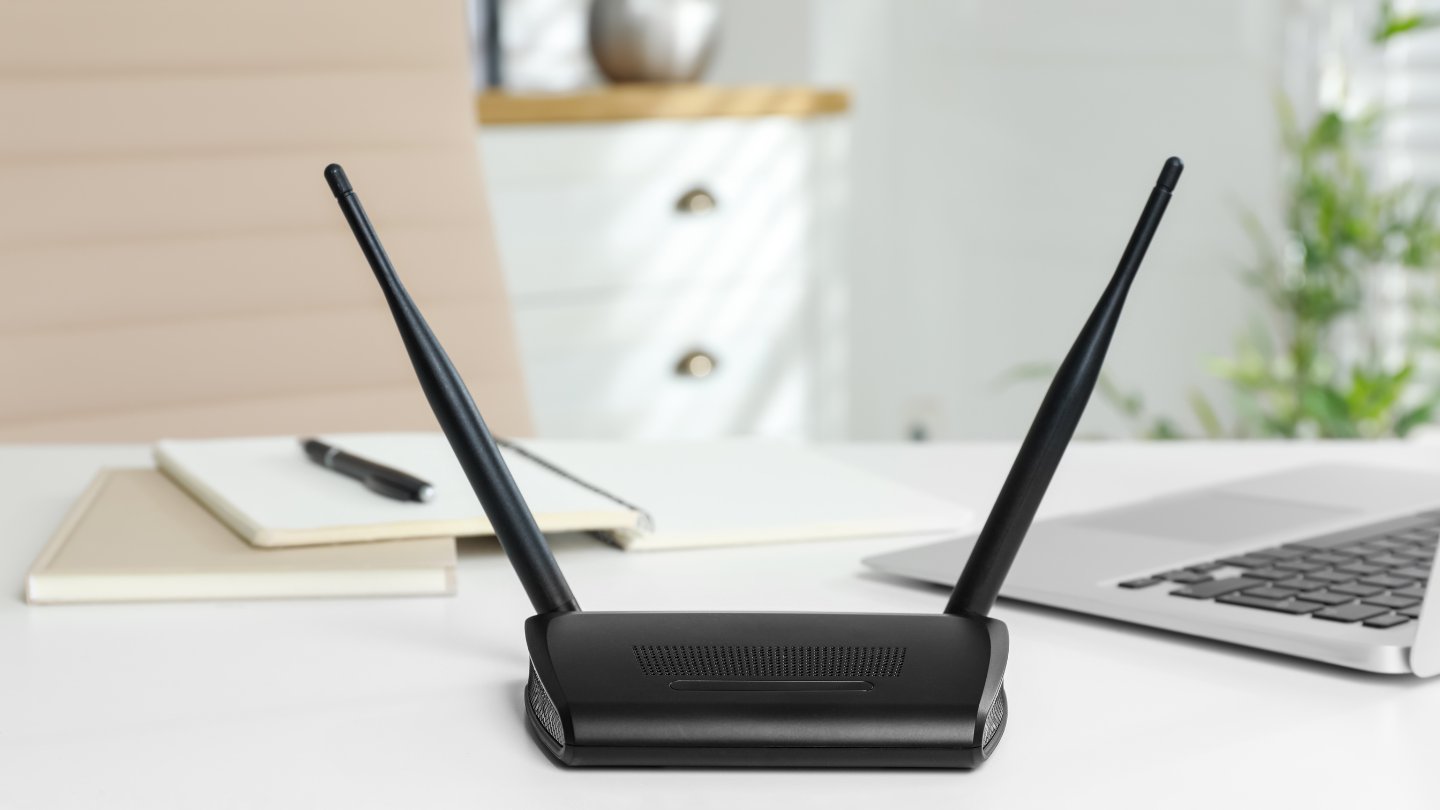
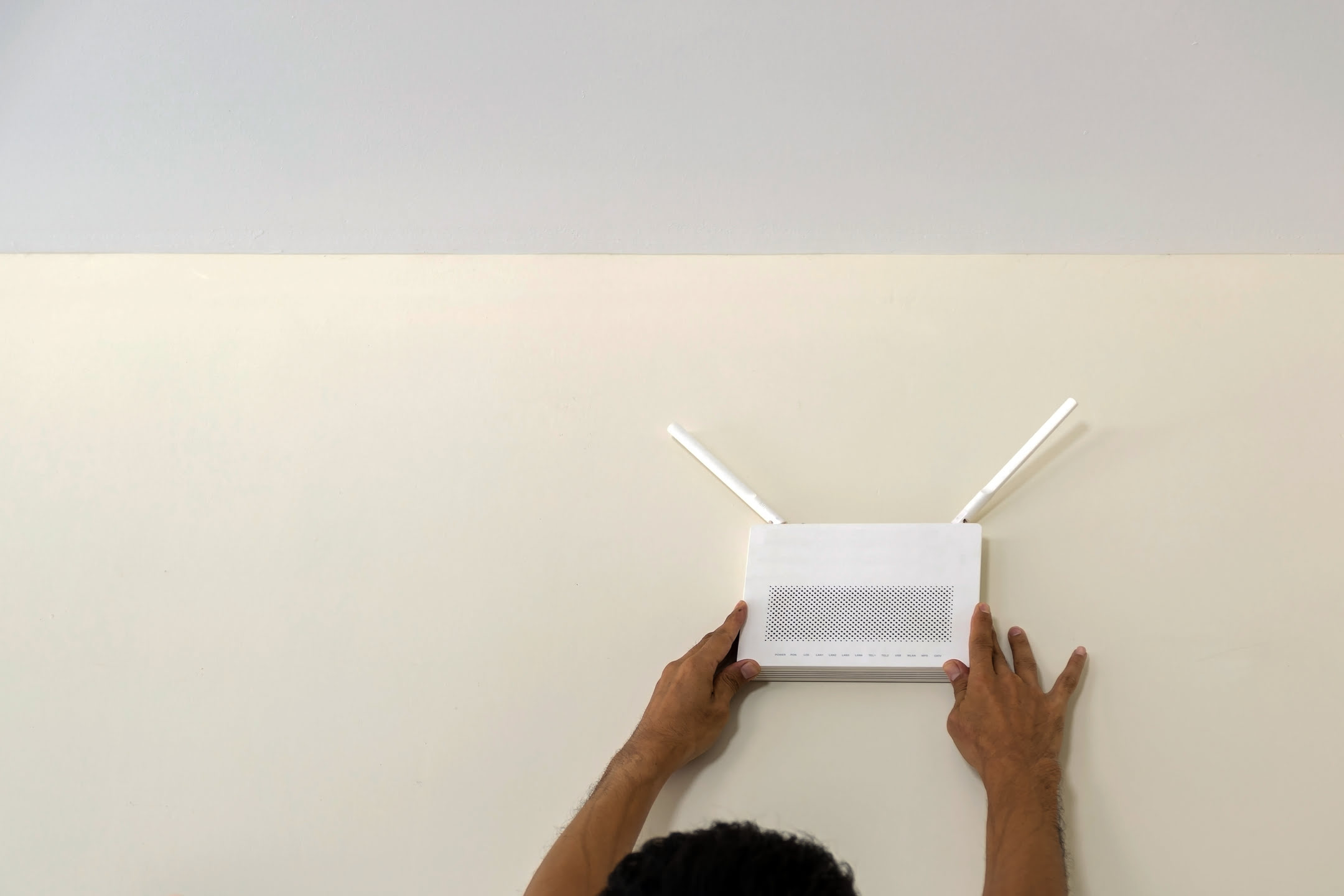
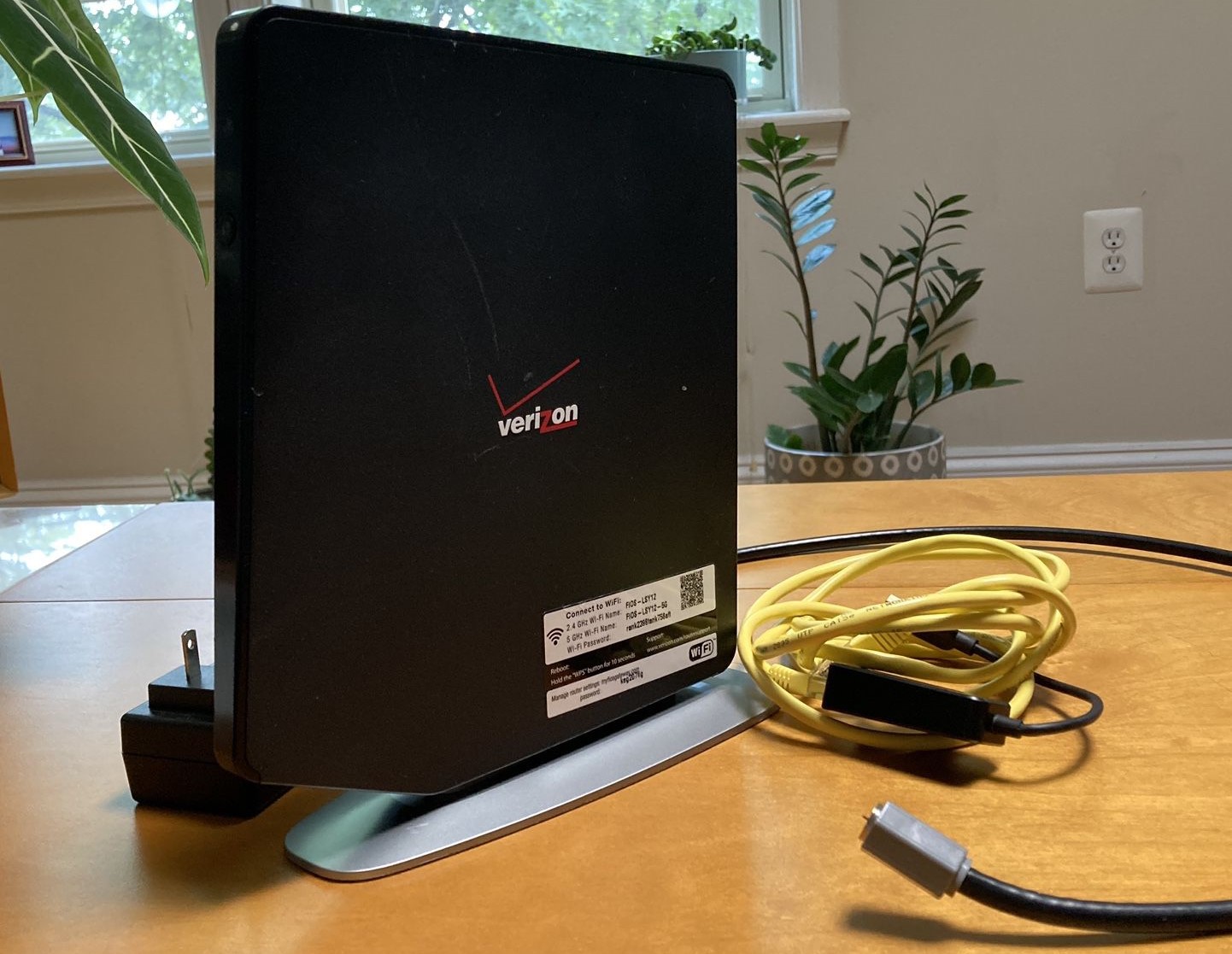

0 thoughts on “Who Invented The Wi-Fi Router”